When you think of mold in your house, you probably think of your bathroom, but that’s only one of the places it can grow. If mold has the right environment (moisture, darkness, and humidity), it can grow in as little as 24 – 48 hours.
Because you’ll find these exact conditions in many places throughout your home, you may have mold growth in areas you didn’t realize were possible.
The key is understanding the signs of mold and what to do if you suspect hidden mold.
8 Places to Look for Mold in Your House
While you can look for mold in your house in obvious places, like the bathroom and basement, here are eight other places you should check often. The sooner you handle the mold removal process, the less invasive it must be.
1. Around Window Frames
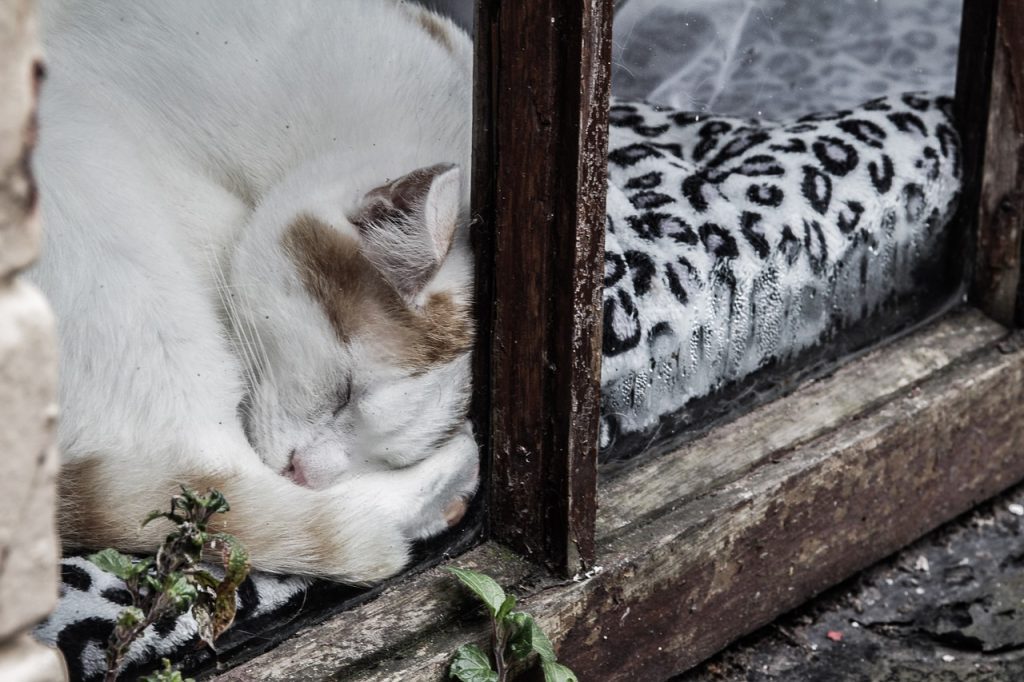
Window frames are a common place for mold growth because of the amount of moisture they can accumulate from any of the following:
- Condensation: If the air inside your home is warm and moist and the outdoor air is cool, condensation will form on the window pane. If this happens often and remains unchecked, mold can grow around the window frame. To reduce condensation, improve the ventilation in the room or use a dehumidifier if necessary.
- Poor ventilation: Moisture can accumulate on windows in areas with high humidity, like bathrooms and kitchens. This is especially true if the area has poor ventilation, as the moisture doesn’t have time to dry out. This creates a breeding ground for mold. Be sure to use exhaust fans when showering or cooking or open windows.
- Leaky windows: Window seals don’t last forever, so if your windows are older, you may want to have them inspected. Recaulking the area or replacing the seals can prevent moisture from entering your home.
- Dust and dirt: Dust and dirt near your window frames can feed mold spores, causing them to grow faster. All they need is a little moisture for the perfect recipe for disaster. Make it a habit to clean the area often to prevent this.
2. On Houseplants
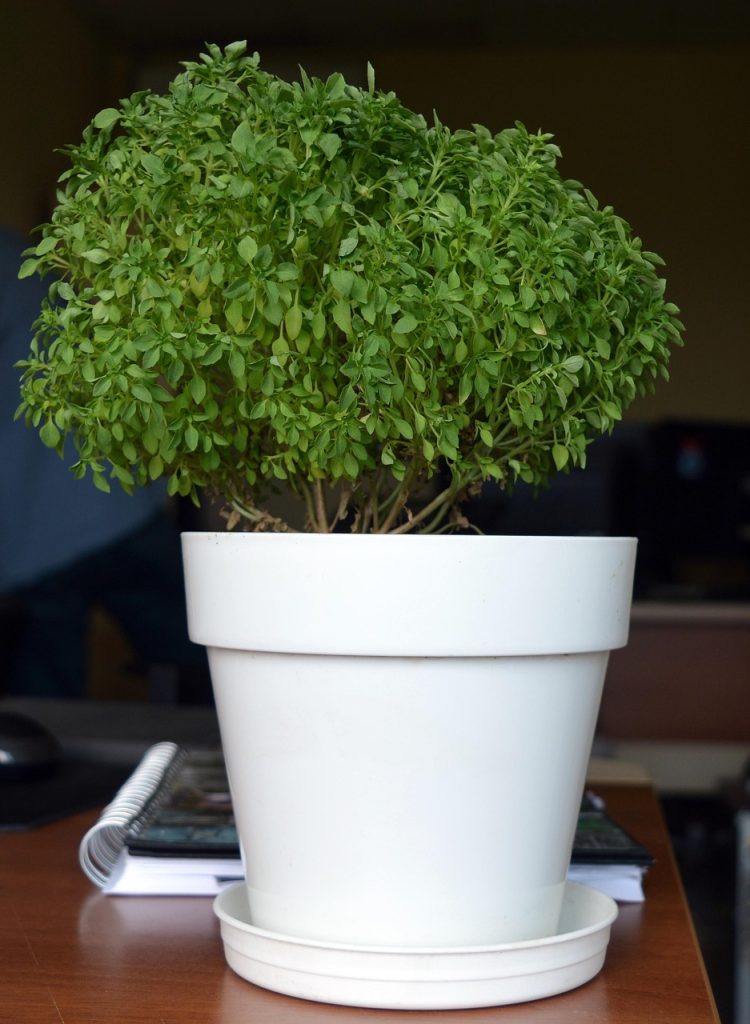
If you notice mold on your houseplants, it’s likely a sign that your humidity levels are too high. According to the EPA, your home’s humidity levels should be between 30% to 50% to prevent mold growth.
The most common type of mold on plants is white mold, or saprophytic fungus, which is generally harmless. However, it can indicate that your home has the right conditions for mold growth, such as high humidity, poor ventilation, or moisture issues.
It’s not as common, but black mold, or saprophytic fungus, can also grow on plants and in the soil. This type of mold is more harmful and can quickly spread throughout your home.
If you notice mold on your houseplants, gently scrape it off or spray the plant with a diluted apple cider vinegar/water mixture. If the mold is on the soil, remove the top inch of soil and replace it with fresh soil.
3. Inside Washing Machines
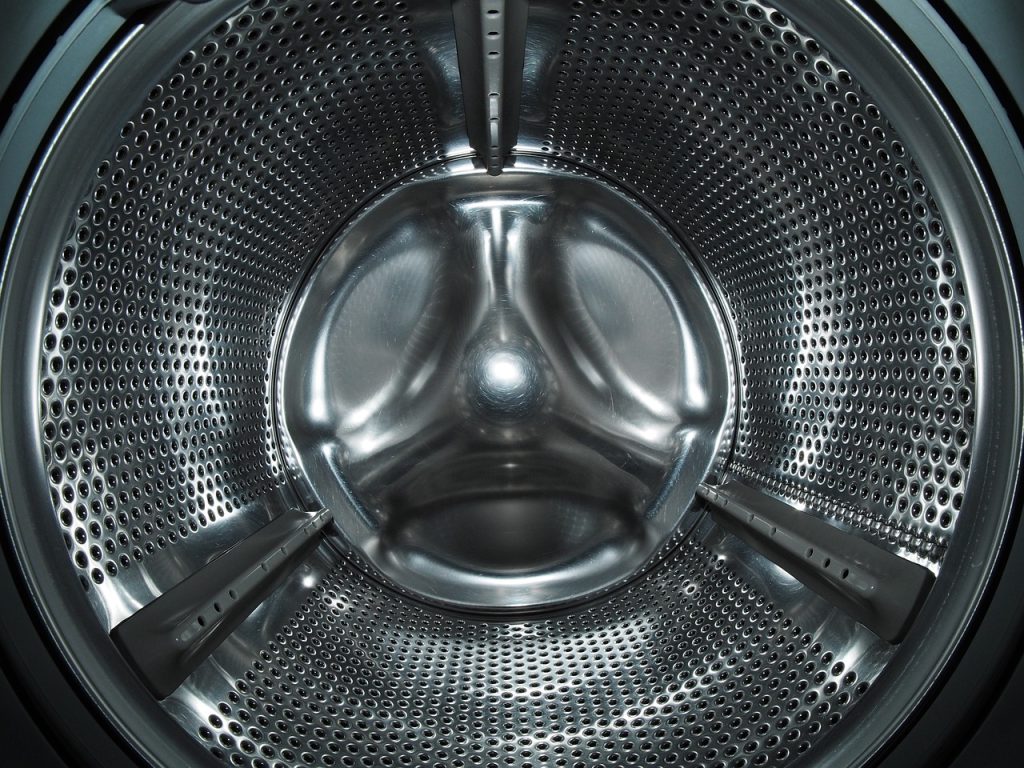
Because mold loves moisture and humidity, your washing machine is the perfect place for it to grow. The most common places for mold growth in washing machines include:
- Washer seal: A washing machine’s seal harbors mold, which is hard to see because it is black. Keep the seal clean by scrubbing it with hot, soapy water, or if you see mold growth, use white vinegar and a toothbrush.
- Tub: The washer tub can grow mold because that is where much of the moisture accumulates. Running a hot cycle with just vinegar (no clothes) can kill the mold inside the tub.
While mold in washing machines is common, there are ways to prevent it, including:
- Remove clothes immediately after the cycle ends
- Keep the lid open after a wash cycle to let it dry
- Wipe the seal and tub with a clean towel after use
4. Under Sinks and Behind Appliances
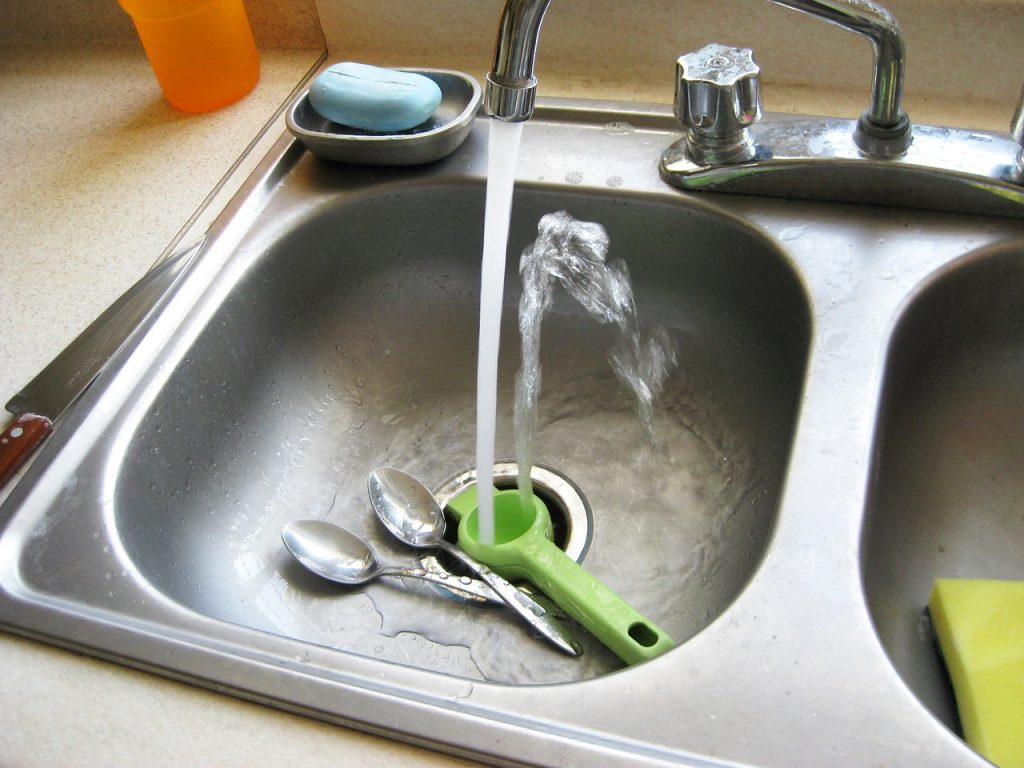
We get a lot of calls for mold underneath kitchen sinks or behind large appliances, such as refrigerators. This is because most people don’t check under their sinks or behind appliances often. Once the mold begins growing, it spreads fast. The problem is that most leaks are small when they begin, so most people don’t realize they are there until it’s too late.
All it takes is a little moisture for mold to grow within a day or two under your sink because it is dark and has organic “food” for the mold, such as wood and drywall.
To prevent mold from taking over under your sink or behind appliances, regularly check the area, looking for signs of leaks, such as wet spots, sagging wood, or a musty smell. It’s important to fix the cause of the water leak and to have professional mold removal to ensure you don’t worsen the problem, as removing mold from wood and drywall is tricky, and most DIY methods only make the problem worse.
5. In Attics and Crawlspaces
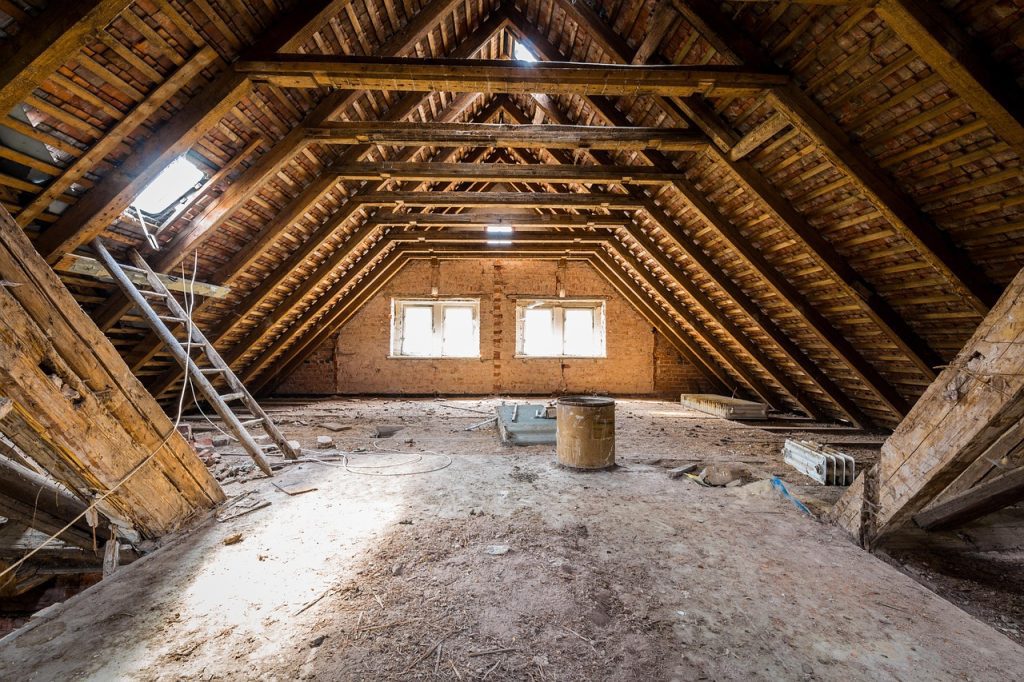
Attics and crawlspaces are also common areas for mold in your house because they are humid, dark, and often have moisture problems. Attics and crawlspaces also have a lot of “food,” aka wood, that feeds the mold.
Like mold underneath sinks and behind appliances, most homeowners don’t realize they have attic mold until they try to sell their house and the inspector finds it.
Common reasons for attic mold include:
- Poor ventilation
- Leaking roof
- Faulty exhaust fans in the kitchen and bathroom
The best way to catch problems early and avoid mold in your attic is to visit it regularly. Look for water stains on plywood, musty smells, excessive frost buildup, or humidity. If you notice any of these signs, consider a roof inspection to see if you have a leaking roof or poor ventilation.
6. In Books

If you have a large library of books, check them often for mold growth. Like wood and drywall, paper is an organic feeding source for mold. If you don’t open the books for a long time, fuzzy green mold may grow on them.
If you see mold spores, it’s important not to disturb them, as they can quickly become airborne and spread throughout your house. Books with mold on them are typically unsalvageable. To avoid further mold growth, it’s best to contain them in sealed bags and dispose of them.
7. Inside Your Walls
If you’ve had any type of flooding or water damage, chances are there is mold inside your walls. This happens often in hidden places, like closets or ceilings where you don’t often look.
If you know there was previous water damage that wasn’t immediately removed, it’s important to check the drywall for moisture. Wet walls often mean mold growth. Unfortunately, you may not realize it until the growth has spread. If you’re lucky, you may notice a musty smell or see dark spots on the drywall where the water damage occurred.
Mold inside your walls typically requires flood cuts, which means cutting the drywall one foot above where the damage occurred. This removes the feeding source for the mold and allows you to start fresh.
8. Underneath Carpets and Rugs
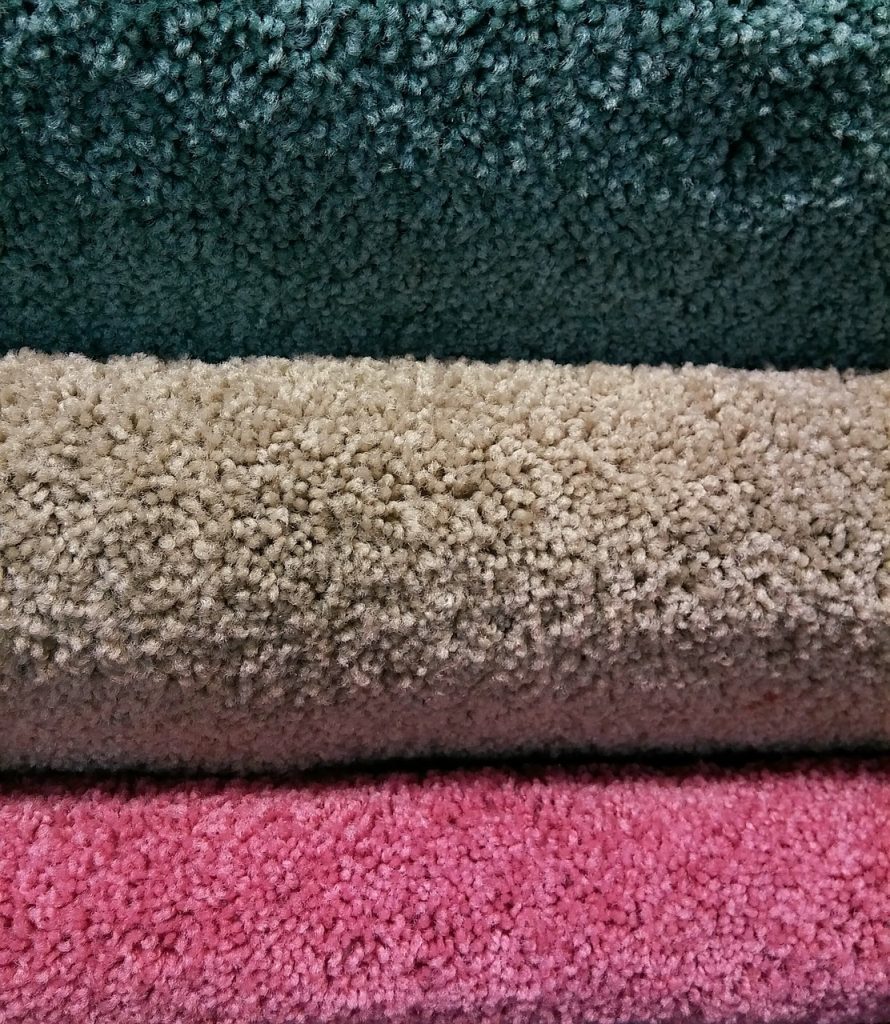
Carpet may make your home feel pretty, but it can hide some pretty damaging things, including mold. An innocent spill, water leak, or even high humidity can cause mold to grow underneath your carpet.
Carpet fibers provide ample food for mold spores, so even if the mold spores are airborne, they can settle on the carpeting and continue growing. Unfortunately, carpet cannot typically be saved after mold grows on it. It typically requires removing the carpeting and padding, professionally removing the mold, and replacing the flooring.
Final Thoughts: Mold in Your House
Finding out there is mold in your house can feel scary, but it’s more common than you think. Certain molds will always reside in homes and buildings because we bring them in from the outdoor environment. The mold that continues growing on walls, under floors and appliances, and in the attic requires professional mold removal.
A mold inspection from a professional mold company can help you determine if your home has mold and the cause. Professional mold removal and rectifying the cause will make your home or business safe again and prevent it from happening in the future.
If you’re worried about mold in your home, contact Pinnelli Mold Pros for a mold inspection today!

